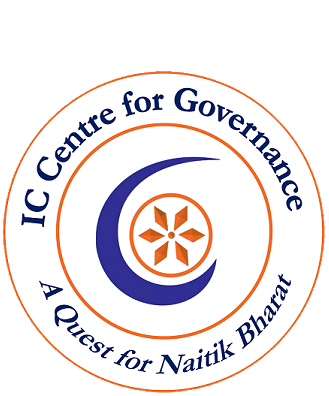-Rajiv Sachdeva
Statement of Problem:
Both at the national and state levels, Governments award various best practices every year. Although the details of these achievements are well documented, their application remains mostly confined to the area or state where they have been developed. Their replication outside their own states is unfortunately sporadic and seldom due to lack of awareness and initiative.
There is no formal system for sharing and adopting best practices among the various states of India. Often, different states invest considerable amount of time, effort and money to solve a similar problem. If an appropriate mechanism to interconnect and raise the level of our states to a common platform can be introduced, considerable improvement in overall national efficiency and consequential cost savings can be achieved.
This paper outlines a system to overcome this problem through increased communication and cooperation between the Centre and States for the eventual benefit of the people of our country.
Proposed System:
A central nodal agency should be made responsible for the overall coordination of identified best practices (hereafter referred to as "projects") throughout the country. This agency could, for example, be the DARPG or Niti Aayog. It would propagate the cause of all new projects and ensure their wide-spread deployment.
The project development would consist of three steps:
1) Structure:
The first step is to build an organizational structure for each project. This structure should comprise of:
- A responsible officer of the nodal agency (Champion).
- A well-informed representative from the state where the project has originated (Owner).
- An implementation officer from the target state where the project is intended to be applied (Executor).
The Champion, Owner and Executor would work together as a well-knit, project-specific team with the nodal agency as the apex body, responsible for resource allocation and overall success of the project within the stipulated timelines.
2) Process:
The entire task can be divided into the following basic work processes:
- Understanding the project in detail.
- Identifying whether the project is required in the target state.
- Studying the changes and adaptions required.
- Evaluating the acceptability of the project from the social, cultural, religious aspects, etc.
- Establishing the benefits of implementing.
- Analyzing the cost effectiveness.
- Preparing a replication strategy.
- Formulating a framework for implementation.
3) Outcome:
The expected outcomes from the work of the project team are:
- Feasibility report which should unambiguously conclude whether the project is suitable for implementation in the target state. Any attached conditions should be explicitly mentioned such that there is no room for misunderstandings or excuses subsequently.
- Road map and guidelines for implementation.
- A realistic time line for completion of the project with no scope for delays.
Conclusion:
It is a pressing necessity for our country to keep pace with the rapid changes taking place around us. New ideas, technologies, innovations, processes and systems are continuously emerging. In order to derive maximum benefit from these changes, we need to install a quick, effective and flexible mechanism to disseminate information and replicate best practices in the most optimum manner.
The proposed system is a step in this direction and needs to be introduced expeditiously.
